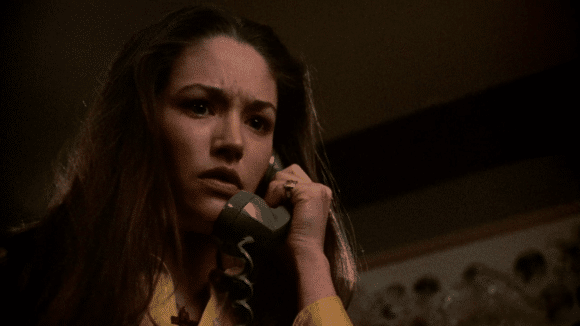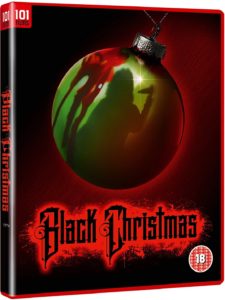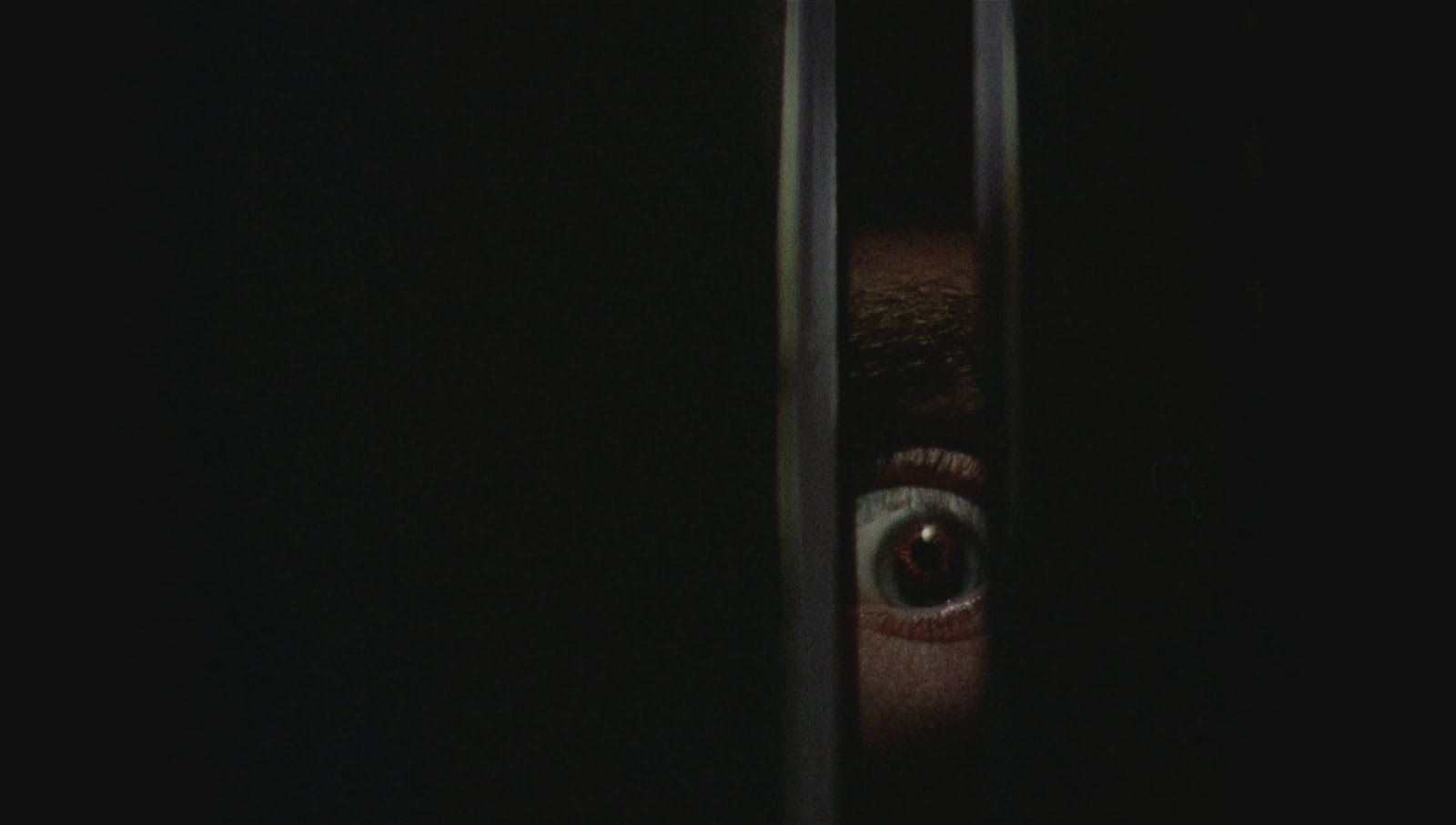 For a filmmaker largely forgotten by the wider audience, the late Bob Clark’s directorial career had a surprising impact. With 1981’s Porky’s, he blew the doors wide open on the teen sex comedy boom; and I understand 1983’s A Christmas Story is something of a perennial festive favourite in the US (I myself have never seen it). Of course, nine years earlier Clark had already tackled the holiday season in Black Christmas, a sorority house shocker sometimes argued to be the real birthplace of the slasher movie subgenre which came to dominate horror by the end of the decade. Whilst everyone agrees John Carpenter’s Halloween perfected and popularised the format, there are those who feel that Clark’s film deserves credit for establishing a great many of the key motifs that endless slashers have repeated, to wildly varying degrees of success, in the years since.
For a filmmaker largely forgotten by the wider audience, the late Bob Clark’s directorial career had a surprising impact. With 1981’s Porky’s, he blew the doors wide open on the teen sex comedy boom; and I understand 1983’s A Christmas Story is something of a perennial festive favourite in the US (I myself have never seen it). Of course, nine years earlier Clark had already tackled the holiday season in Black Christmas, a sorority house shocker sometimes argued to be the real birthplace of the slasher movie subgenre which came to dominate horror by the end of the decade. Whilst everyone agrees John Carpenter’s Halloween perfected and popularised the format, there are those who feel that Clark’s film deserves credit for establishing a great many of the key motifs that endless slashers have repeated, to wildly varying degrees of success, in the years since.
Regardless of where we stand on this, Black Christmas is clearly of significant historical value. For any film fan with a vested interest in the development of genre, it’s a key 1970s title to take into account. However, when it comes to the rather more simple matter of how well Black Christmas stands up 43 years later, whether it’s still an entertaining piece of filmmaking which makes for rewarding viewing; this, I daresay, is rather more open to debate. While it’s a film I’ve long been familiar with, I hadn’t revisited it for a good many years before 101 Films’ new Blu-ray edition landed on my doormat; and watching it again now, I must say it’s abundantly clear why I’ve watched it far less than most of the 1970s horror titles held up as groundbreaking classics. Black Christmas may very well have broken some new ground in 1974, and there’s certainly much in the film that’s still effective today; but when all’s said and done, it’s really quite a dull film, more likely to test the patience than the nerves in this day and age.

So, to the plot: it’s Christmas time, and there is a need to be afraid, as the sisters of the Pi Kappa Sig sorority are finding their festive celebrations interrupted by a series of abusive phone calls from an anonymous stranger, which get increasingly weird and threatening. The local police don’t seem to think it’s a problem worth looking into, nor do they express any great concern when one of the sorority sisters disappears unexpectedly. However, after a dead girl is found in the park not far from the sorority house, suddenly the local law enforcement realise there may very well be a killer on the loose.
Of course, we the audience know this to be the case well before any of the characters in the movie as, in what may have been considered a fairly innovative move at the time, Black Christmas makes a point of showing us scenes from the killer’s point of view, leaving the viewer privy to information that our protagonists are unaware of. Of course, Black Christmas was by no means the first film to do this: much the same approach is taken in Peeping Tom and Psycho, those other films that are often credited with creating the slasher genre, but one thing that makes Black Christmas’s murders that bit creepier is that we never see the killer’s face, nor learn his identity, not even by the time the end credits roll. Leaving such a big question unresolved, with the implication that he’s still out there and will continue on his reign of terror beyond the final fade to black, lends Black Christmas a genuinely sinister quality which is without doubt key to its enduring appeal.
It’s just a shame that the rest of the film doesn’t hold up so well. The appeal of a slasher always hinges to a certain extent on how much we care about the characters being lined up for the slaughter, and the truth is the bulk of Black Christmas’s ensemble are pretty bland and forgettable. Sure, we have a great mean girl turn from future Lois Lane actress Margot Kidder, and future Nightmare on Elm Street hero John Saxon is his usual dependable self as the local chief of police (even if he could literally do this sort of role in his sleep: he was reportedly cast at extremely short notice); but I have to be frank, Olivia Hussey’s prototype final girl turn is just a bit annoying. The sheer number of times she answers the phone with an excessively theatrical, “hellooooooo?” is overbearing on its own. Plus, the whole subplot centred on her relationship problems and abortion plans just feels extraneous and unnecessarily drawn-out, attempting to set up a red herring over the killer’s identity which we know is bullshit from the off.
I suppose with the abortion subplot and the core theme of harassed women being ignored by the police, viewers in 2017 might identify some timely themes in Black Christmas, but I’m not sure these hard-hitting topics are necessarily all that vital to the film. On top of which, this serious content sits awkwardly amidst some very misjudged attempts at saucy humour, most centring on the frumpy sorority house mother and a dim-witted desk cop who apparently doesn’t know what fellatio is. I’d say Clark would’ve done better to hold off on that sort of thing until his Porky’s days, but then I’m not sure how well either of the Porky’s movies hold up today either.
Still, if you are a fan of Black Christmas, you may well still appreciate this new dual format edition. The film looks fine, even if it doesn’t appear to have been cleaned up much for Blu-ray. The extras include interviews with actors Art Hindle and Lynne Griffin, featurette Black Christmas Legacy, original TV and radio spots, and a video of the film’s 40th anniversary reunion panel at Fan Expo Canada 2014.
Black Christmas is out now in the UK on dual format Blu-ray and DVD, from 101 Films.
